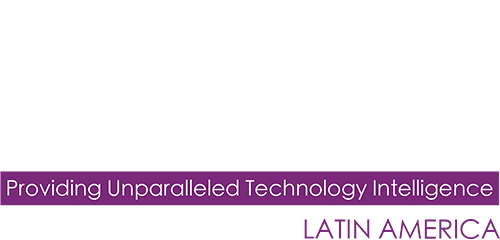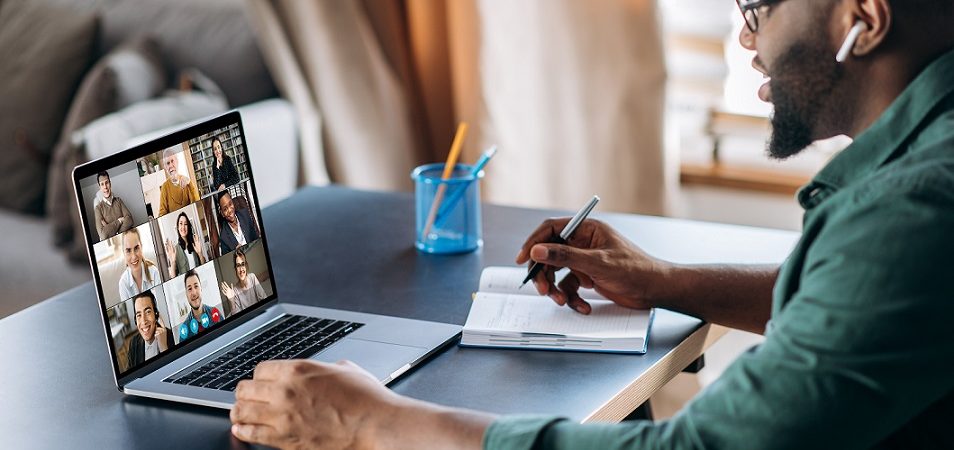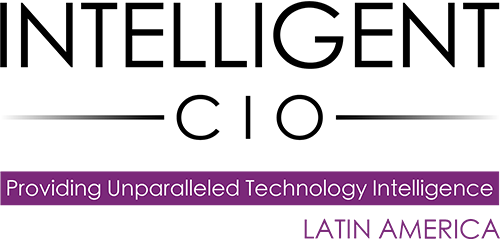Marcela Perilla, President of SAP North Region of Latin America and the Caribbean, presents us with a challenge in the face of the new reality – adapting space and time to people’s work habits.
Just as mobile phones, computers and numerous technologies and processes have changed in recent years, so has work. Globalization, Internet access and mobile devices that allow us to connect from anywhere in the world at any time have been some of the main factors for the traditional way of working being transformed. Now everything is much faster, better connected and, consequently, more efficient.

However, this slow transformation process was sharply accelerated by the mandatory confinement caused by the COVID-19 pandemic. Almost every company in the world was forced to send its employees to work from home, rapidly implementing what was called ‘remote work’. This is demonstrated in Latin America by a study by the PageGroup firm, which reveals that 96% of organizations in the region introduced work at home after the health emergency began.
Although this measure was a positive solution for employers, for many employees, who were not ready to face this new status, it was a problem. The workload, the right to disconnect, the balance between the personal and the professional, and productivity measured not by indicators but by hours in front of the computer, were some of the most discussed ‘buts’.
New trends
With office rituals disappearing, companies were forced to look for mechanisms that would allow them to manage their employees intelligently and effectively, some with not very positive practices – cameras on, activity timers, insistent calls – and others with technological tools with which the constant feeling of the collaborators is mediated to immediately make their experience visible and to be able to improve things in some way.
Today, almost a year and a half after the pandemic started, organizations have evolved the way they work. While it is true that we will never be the same again, the growth expectations of many companies remain the same. But how should we adapt to these new models and these new trends?
Little by little and as vaccination increases around the world, restrictions are decreasing. Companies are carefully reviewing their labor policies to understand the best way to deal with the new work models. The experience of being at home for so long has led to new preferences on the part of employees, many pointing to a better understanding of how productivity and collaboration can continue to be successful despite working remotely.
A truly global workforce has been created and with the support of employees and mobile technology, work can now be done from anywhere, anytime.
This new era is marked by inclusive environments in which people can work from home, in the office or remotely so that everyone is empowered to function in the best possible way driving business success. Likewise, flexible working hours, so that employees can decide when to work according to their needs; and greater accessibility, helping to break down the structural barriers that people with disabilities face in accessing employment.
We are also seeing office spaces inspired by creativity, collaboration and community allowing employees to find the right space for each task.
This is still the beginning of a transformation. We will continue to see technological advances and new corporate strategies focused on improving business productivity and ensuring the well-being of employees. And although there is still a long way to go in terms of legislation for this new lifestyle, indeed, we have already taken the first step.


